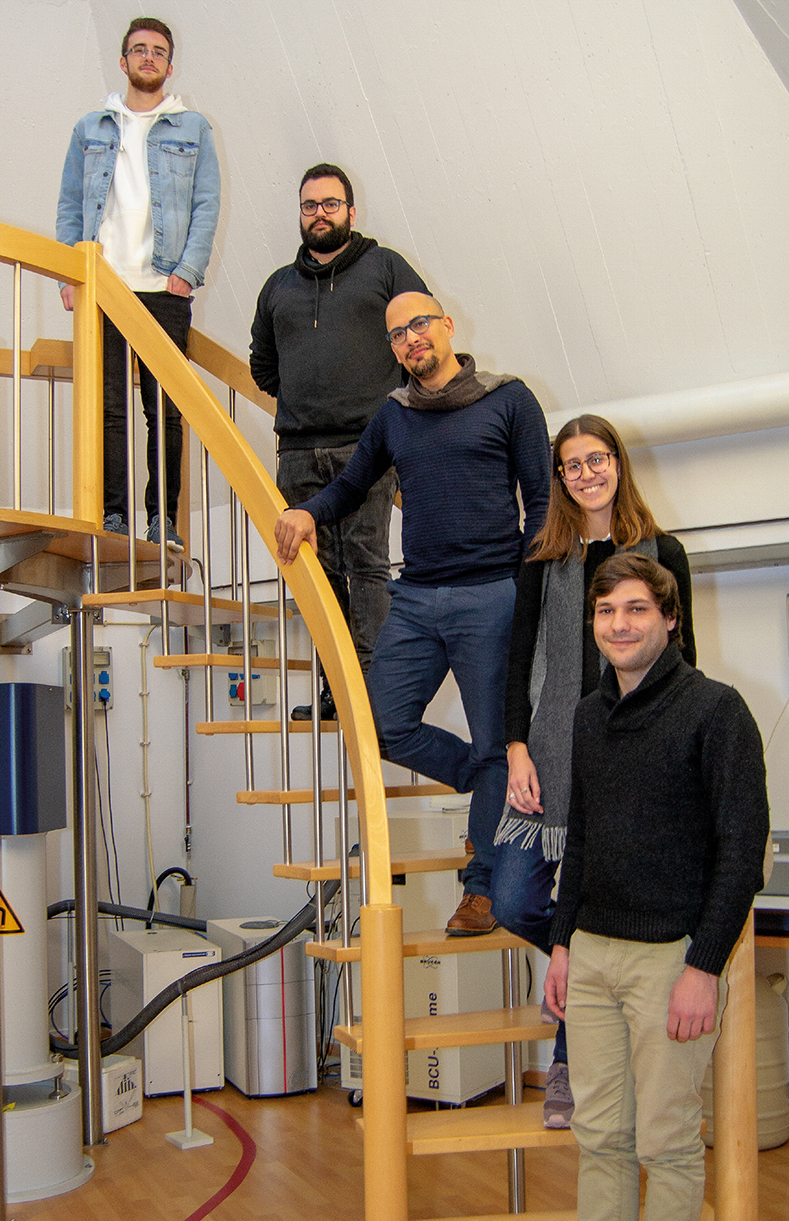New approaches to disordered proteins
Breast cancer is the most common type of cancer in women. In developed countries, its survival rate is quite high - in Portugal, above 85% of women survive for five or more years. However, the survival rate can be affected by several factors.
A compromising characteristic is the presence of the Proliferating Cell Nuclear Antigen-associated factor p15, a disordered protein that fails to adopt a fixed 3D-structure in physiological conditions. This protein has critical roles in essential cellular processes. In cell nuclei, it acts as a regulator of DNA repair during replication, a process that corrects damage to the DNA caused by environmental factors, such as radiation. When over-produced, p15 is directly related to tumour progression and poor prognosis in several types of human cancer, including breast cancer.
At ITQB NOVA, a team led by Tiago Cordeiro, in collaboration with Francisco Blanco lab, from the Center for Cooperative Research in Biosciences (CIC bioGUNE), is investigating the impact of non-degradative ubiquitination in the structural dynamics and binding properties of disordered proteins, such as p15. Ubiquitin modification not only targets proteins to degradation but also changes the affinity for binding to other biomolecules and, thus, affects protein function in a variety of cellular processes. A few ubiquitinated proteins have been structurally studied and shown to preserve their three-dimensional structure. The impact of this modification may be particularly strong in the case of intrinsically disordered proteins (IDPs), whose conformational equilibrium might be significantly altered. It is known that, upon DNA damage, p15 becomes ubiquitylated at two sites.
In a recent article, published by ACS Chemical Biology, Cordeiro and Blanco have presented for the first time a thorough analysis of a ubiquitylated disordered protein, obtained through the use of Small-angle X-ray Scattering (SAXS). SAXS is highly sensitive to the spatial distribution of globular domains within flexible proteins. Exploiting this unique feature of SAXS, the authors examine the structural landscape of the double ubiquitylated p15 (dmUbp15). The work unveiled that the ubiquitin moieties, separated by eight disordered residues, form transient dimers, that binds Dnmt1. The latter is an enzyme that chemically modifies DNA, ensuring the fidelity of replication of inherited epigenetic patterns. The researchers propose that dmUbp15 recruits Dnmt1 for maintenance of DNA methylation during replication in the same way as doubly monoubiquitinated histone H3 disordered tails. Further studies will clarify if dmUbp15 activates Dnmt1, and whether this activation leads to a proper or abnormal function of Dnmt1.

Original Paper:
A. González-Magaña, A. Ibáñez de Opakua, N. Merino, H. Monteiro, T. Diercks, J. Murciano-Calles, I. Luque, P. Bernadó, T. N. Cordeiro, A. de Biasio, F. J. Blanco
Double Monoubiquitination Modifies the Molecular Recognition Properties of p15PAF Promoting Binding to the Reader Module of Dnmt1
ACS Chemical Biology, DOI 10.1021/acschembio.9b00679







